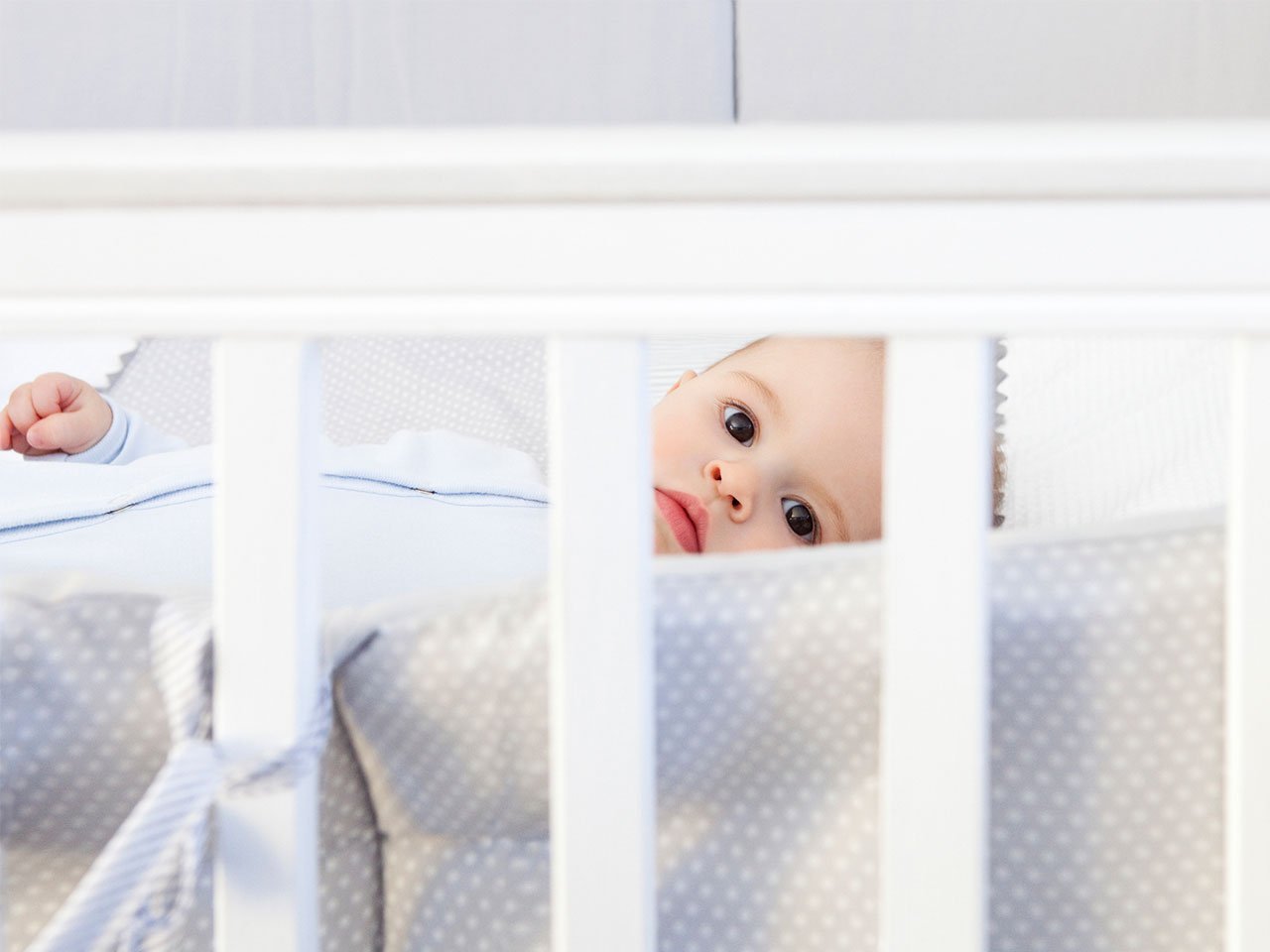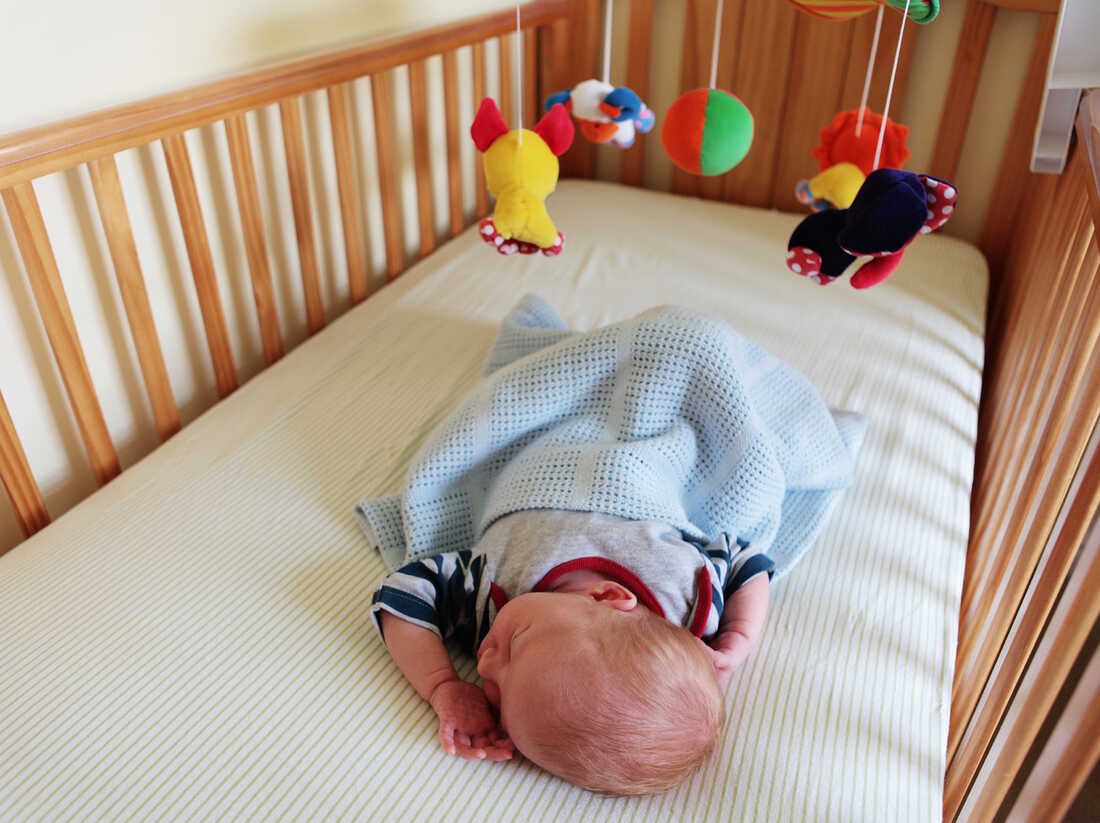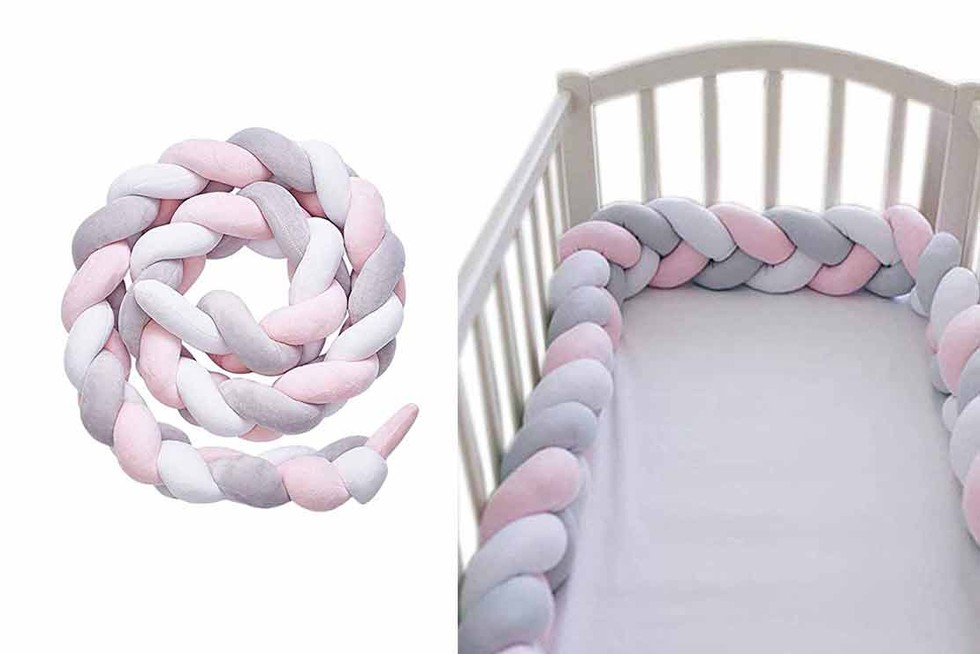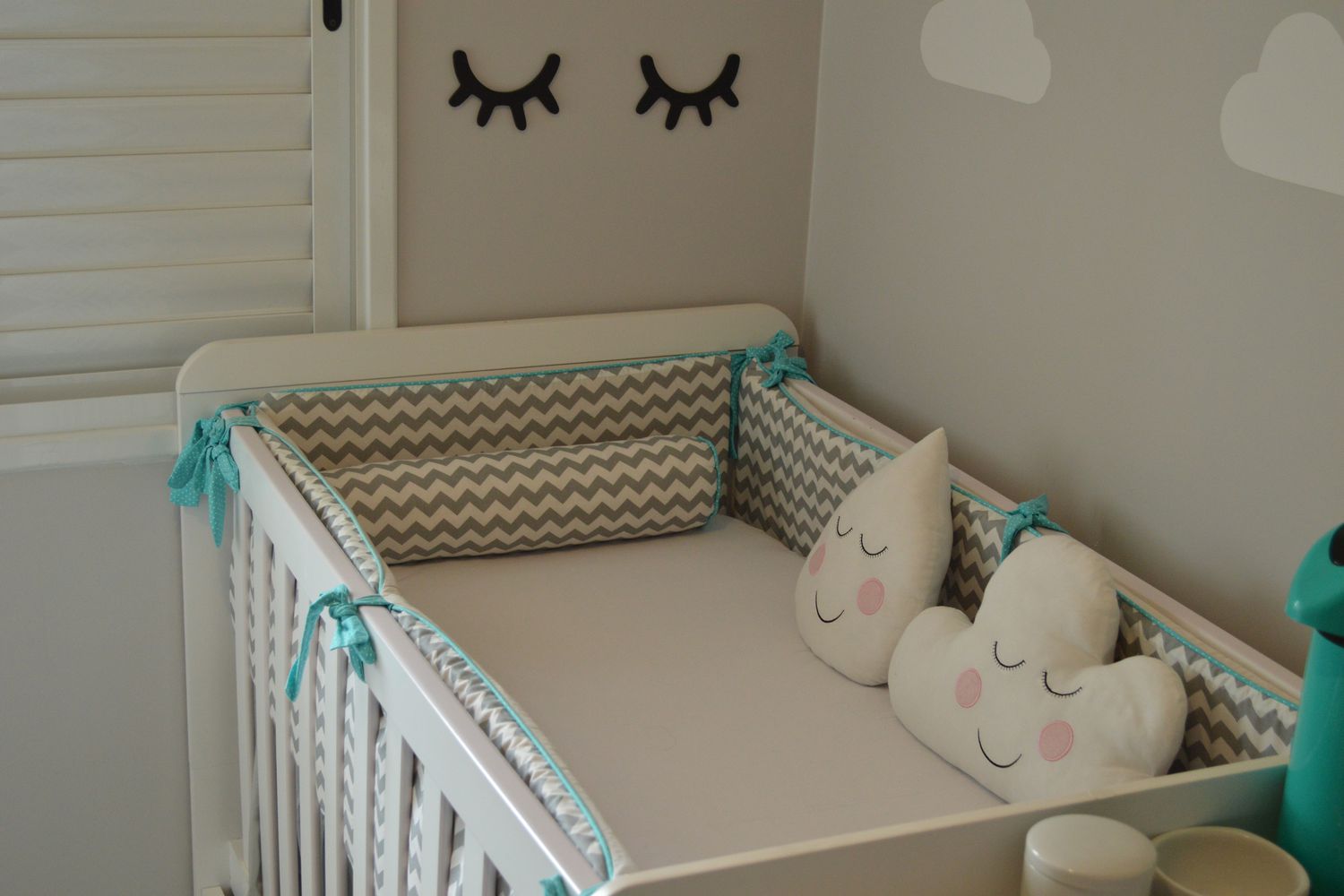Introduction: Ensuring Infant Safety in the Crib
When preparing a nursery for a newborn, parents often prioritize safety above all else. However, the use of crib bumpers has sparked debate among caregivers and pediatric experts regarding their safety and potential risks to infants. In this article, we will delve into the question: Are crib bumpers safe for babies? We will explore the potential hazards associated with crib bumpers, examine current safety guidelines, and provide tips for creating a safe sleep environment for infants.

Understanding Crib Bumpers
Crib bumpers, also known as crib liners or crib pads, are padded panels that wrap around the inside perimeter of a baby’s crib. Their primary purpose is to cushion the hard surfaces of the crib and prevent infants from getting their limbs stuck between the slats. Additionally, crib bumpers are often used for aesthetic reasons, adding a decorative touch to the nursery.
Potential Hazards Associated with Crib Bumpers:
Despite their intended purpose, crib bumpers have come under scrutiny due to several potential hazards they pose to infants:
- Suffocation Risk: Crib bumpers can pose a suffocation risk if a baby’s face becomes pressed against the bumper, restricting airflow. This risk is particularly concerning for younger infants who may lack the strength or mobility to reposition themselves.
- Strangulation Risk: Loose ties or fasteners used to secure crib bumpers to the crib can pose a strangulation hazard if they become entangled around an infant’s neck. This risk is heightened as babies become more mobile and begin to explore their surroundings.
- Overheating: Crib bumpers can contribute to overheating if they obstruct airflow within the crib, especially if they are made from thick or insulating materials. Overheating is a risk factor for sudden infant death syndrome (SIDS) and should be minimized in the sleep environment.

Current Safety Guidelines and Recommendations:
In light of these potential hazards, several organizations and experts have issued guidelines and recommendations regarding the use of crib bumpers:
- American Academy of Pediatrics (AAP): The AAP advises against the use of crib bumpers, citing the risk of suffocation, strangulation, and entrapment. They recommend using a firm mattress with a tightly fitted sheet and removing all soft bedding, including crib bumpers, from the crib to create a safe sleep environment for infants.
- Consumer Product Safety Commission (CPSC): The CPSC has raised concerns about the safety of crib bumpers and has investigated incidents of infant deaths and injuries associated with their use. They advise parents to avoid using crib bumpers and to follow safe sleep practices outlined by the AAP.
- Health Canada: Health Canada also recommends against the use of crib bumpers, citing similar safety concerns. They emphasize the importance of providing a safe sleep environment for infants, free of soft bedding and other potential hazards.

Creating a Safe Sleep Environment for Infants:
While the use of crib bumpers is discouraged by pediatric experts, there are alternative measures parents can take to ensure a safe sleep environment for their infants:
- Firm Mattress: Use a firm mattress with a tight-fitting sheet to reduce the risk of suffocation and entrapment.
- Bare Sleep Surface: Remove all soft bedding, including blankets, pillows, stuffed animals, and crib bumpers, from the crib to reduce the risk of suffocation and overheating.
- Room Sharing: Place the crib in the parents’ room for the first six to twelve months of life to facilitate nighttime feedings and monitoring.
- Avoid Overheating: Dress infants in lightweight clothing and keep the room temperature comfortable to prevent overheating during sleep.
- Supervised Tummy Time: Provide supervised tummy time during awake hours to promote healthy development and reduce the risk of flat head syndrome.

The safest choice is a crib with no bumpers, pillows or quilts, according to the CPSC.
Alternative Safe Sleep Practices:
In addition to avoiding crib bumpers, there are several alternative safe sleep practices that parents can implement to promote infant safety and reduce the risk of sleep-related accidents:
- Swaddling: Swaddling infants in a lightweight blanket can help them feel secure and comfortable while sleeping. However, it’s essential to ensure that the swaddle is snug but not too tight and that the baby’s hips have room to move freely to reduce the risk of hip dysplasia.
- Sleep Sacks: Sleep sacks or wearable blankets are a safe alternative to loose bedding and blankets in the crib. These garments keep infants warm without the risk of suffocation or entanglement, and they come in various sizes and thicknesses to suit different climates and seasons.
- Mesh Crib Liners: For parents who are concerned about their baby’s limbs getting caught between crib slats, mesh crib liners provide a safer alternative to traditional crib bumpers. These breathable liners attach to the inside of the crib and create a protective barrier while still allowing for airflow.
- Supervised Tummy Time: Tummy time is essential for infants’ development and helps strengthen their neck and shoulder muscles. Incorporating supervised tummy time into a baby’s daily routine while awake can reduce the risk of flat head syndrome and promote healthy motor skills.
- Regular Checkups: Schedule regular checkups with a pediatrician to monitor your baby’s growth and development and address any concerns about sleep habits or safety. Pediatricians can provide guidance and support tailored to your baby’s individual needs and circumstances.

Educational Resources and Support:
For parents seeking additional information and support on safe sleep practices, there are numerous educational resources and support networks available:
- Parenting Classes: Many hospitals and community organizations offer parenting classes that cover topics such as safe sleep practices, infant CPR, and newborn care. These classes provide valuable information and resources to help parents feel confident in caring for their baby.
- Online Forums and Support Groups: Online forums and social media groups are a valuable resource for connecting with other parents and sharing experiences and advice. These communities provide a supportive environment where parents can ask questions, seek guidance, and share tips on safe sleep practices and other parenting topics.
- Pediatrician Consultations: Pediatricians play a crucial role in educating parents about safe sleep practices and providing personalized recommendations based on their baby’s health and development. Schedule regular checkups and take advantage of opportunities to discuss any concerns or questions you may have about your baby’s sleep habits.
Conclusion: Prioritizing Infant Safety
In conclusion, the question of whether crib bumpers are safe for babies is a topic of ongoing debate among caregivers, pediatric experts, and regulatory agencies. While crib bumpers were once commonly used in nurseries, concerns about suffocation, strangulation, and overheating have prompted organizations like the AAP and CPSC to discourage their use.
Ultimately, creating a safe sleep environment for infants involves prioritizing factors such as firm bedding, bare sleep surfaces, and room sharing with caregivers. By following these guidelines and recommendations, parents can help reduce the risk of sleep-related accidents and promote safe and healthy sleep habits for their babies.
